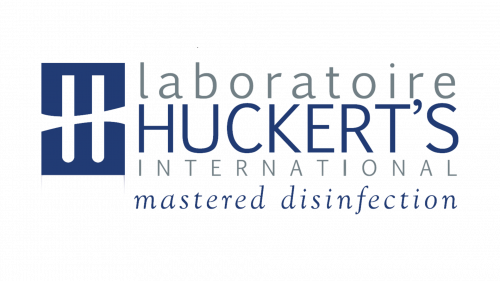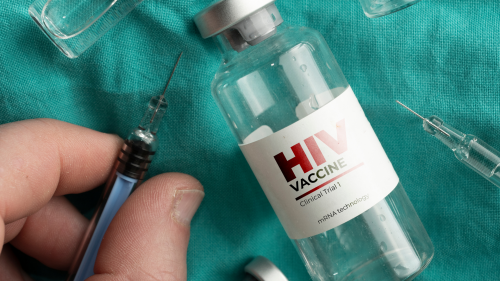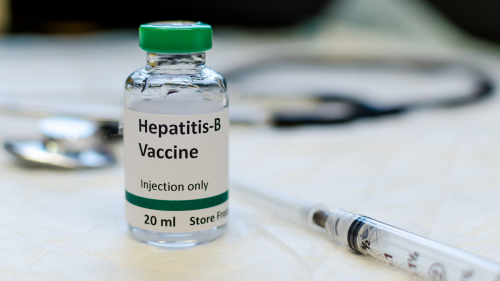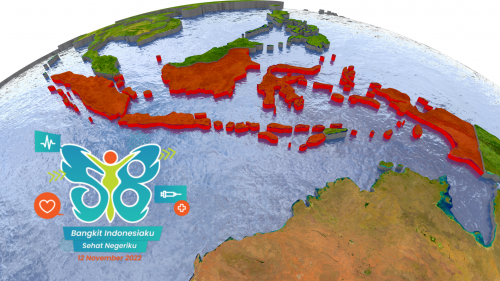Health-care activities protect and restore health and save lives. But health-care waste contains potentially harmful microorganisms that can infect hospital patients, health workers and the general public. Management of health care wastes can prevent adverse health and environmental impacts from such waste.
Health-care activities protect and restore health and save lives. But what about the waste and by-products they generate?
Of the total amount of waste generated by health-care activities, 85% is general, non-hazardous waste comparable to domestic waste. The remaining 15% is considered hazardous material that may be infectious, chemical, or radioactive. Every year an estimated 16 billion injections are administered worldwide, but not all the needles and syringes are properly disposed of afterwards.
According to the World Health Organization (WHO), there are 8 types of medical waste:
- Infectious waste: waste contaminated with blood and other bodily fluids (e.g., from discarded diagnostic samples), cultures and stocks of infectious agents from laboratory work (e.g., waste from autopsies and infected animals from laboratories), or waste from patients with infections (e.g., swabs, bandages, and disposable medical devices);
- Pathological waste: human tissues, organs or fluids, body parts and contaminated animal carcasses;
- Sharps waste: syringes, needles, disposable scalpels, and blades, etc.;
- Chemical waste: solvents and reagents used for laboratory preparations, disinfectants, sterilants and heavy metals contained in medical devices (e.g., mercury in broken thermometers) and batteries;
- Pharmaceutical waste: expired, unused, and contaminated drugs and vaccines;
- Cytotoxic waste: waste containing substances with genotoxic properties (i.e., highly hazardous substances that are, mutagenic, teratogenic, or carcinogenic), such as cytotoxic drugs used in cancer treatment and their metabolites;
- Radioactive waste: such as products contaminated by radionuclides including radioactive diagnostic material or radiotherapeutic materials;
- Non-hazardous or general waste: waste that does not pose any biological, chemical, radioactive, or physical hazard.
The major sources of health-care waste are coming from hospitals and other health facilities, laboratories and research centres, mortuary and autopsy centres, animal research and testing laboratories, blood banks, and nursing homes for the elderly.
Treatment and disposal of healthcare waste may pose health risks indirectly through the release of pathogens and toxic pollutants into the environment. The disposal of untreated health care wastes in landfills can lead to the contamination of drinking, surface, and ground waters if those landfills are not properly constructed.
Inadequate incineration or the incineration of unsuitable materials results in the release of pollutants into the air and in the generation of ash residue, human carcinogens and spread of toxic metals in the environment.
Infectious waste also may contain any of a great variety of pathogenic microorganisms. Pathogens in infectious waste may enter the human body by several routes: through a puncture, abrasion, or cut in the skin; through the mucous membranes; by inhalation; by ingestion. There is particular concern about infection with human immunodeficiency virus (HIV) and hepatitis viruses B and C, for which there is strong evidence of transmission via health-care waste. These viruses are generally transmitted through injuries from syringe needles contaminated by human blood.
Then, the treatment of health care wastes with chemical disinfectants can result in the release of chemical substances into the environment if those substances are not handled, stored, and disposed in an environmentally sound manner.
The use of eco friendly disinfectants will certainly help reduce the negative impact of medical waste being disposed of into the environment. Every day, health facilities carry out the process of cleaning and disinfecting various medical devices, surgical instruments, equipment, and surfaces. This indicates that every day there is a lot of liquid disinfectant used, which will then become waste that will be disposed of in the environment.
Now, there is one brand of disinfectant that is used for disinfecting medical devices that is eco friendly and can be disposed of immediately without the need for other treatment.
UMONIUM38 it’s an eco friendly & biodegradable disinfectant, it does not pose any risk to operators, patients, equipment, or the environment. Each UMONIUM38 variant has a size of 1 liter and 5 liters. The material for a 1 liter bottle is made of HDPE (High Density Polyethylene), which during its production period has a low impact on the environment and is also very easy to recycle. As for the material for the 5 liter container, it is made from sugar cane vegetal.
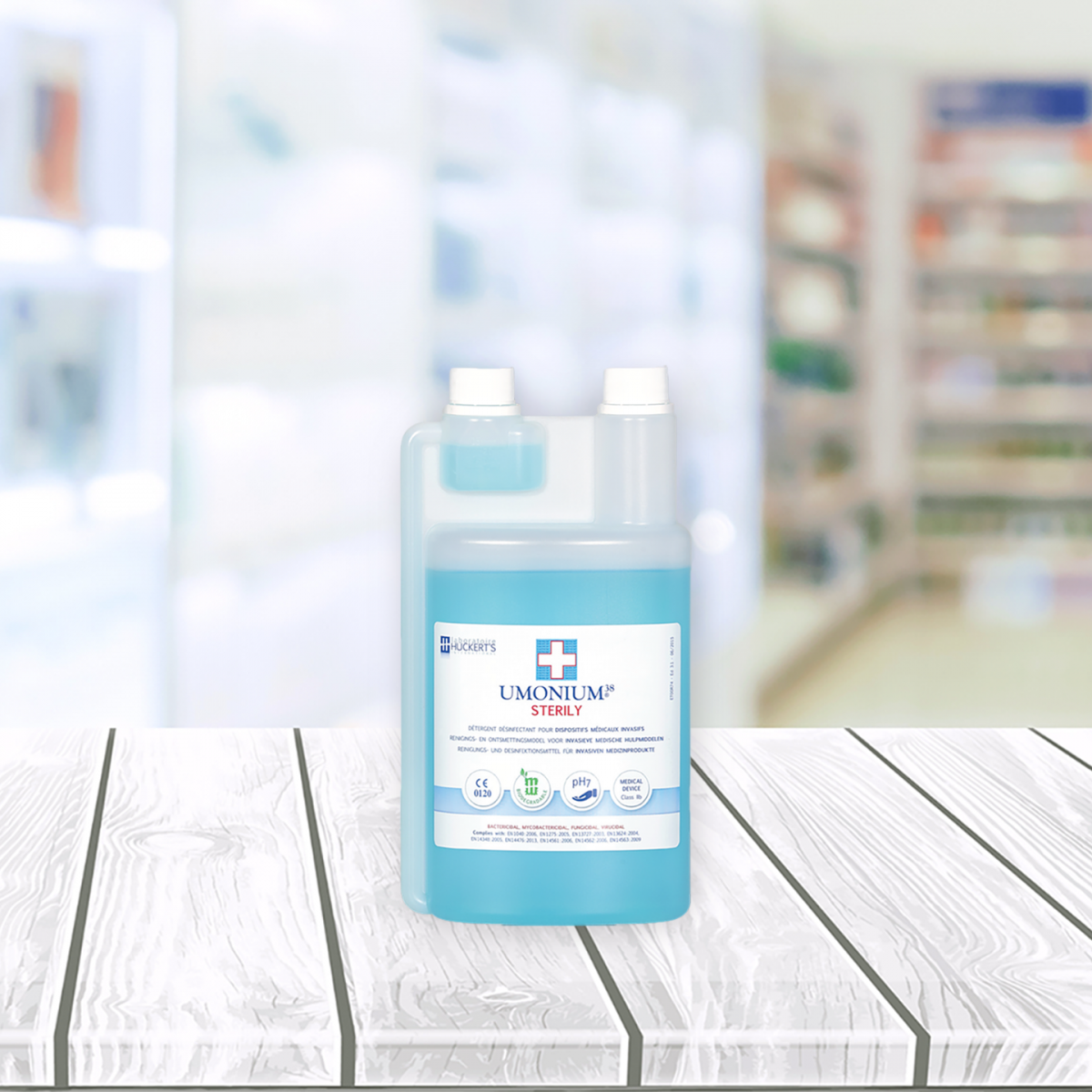
Picture 1. 1 liter size bottle
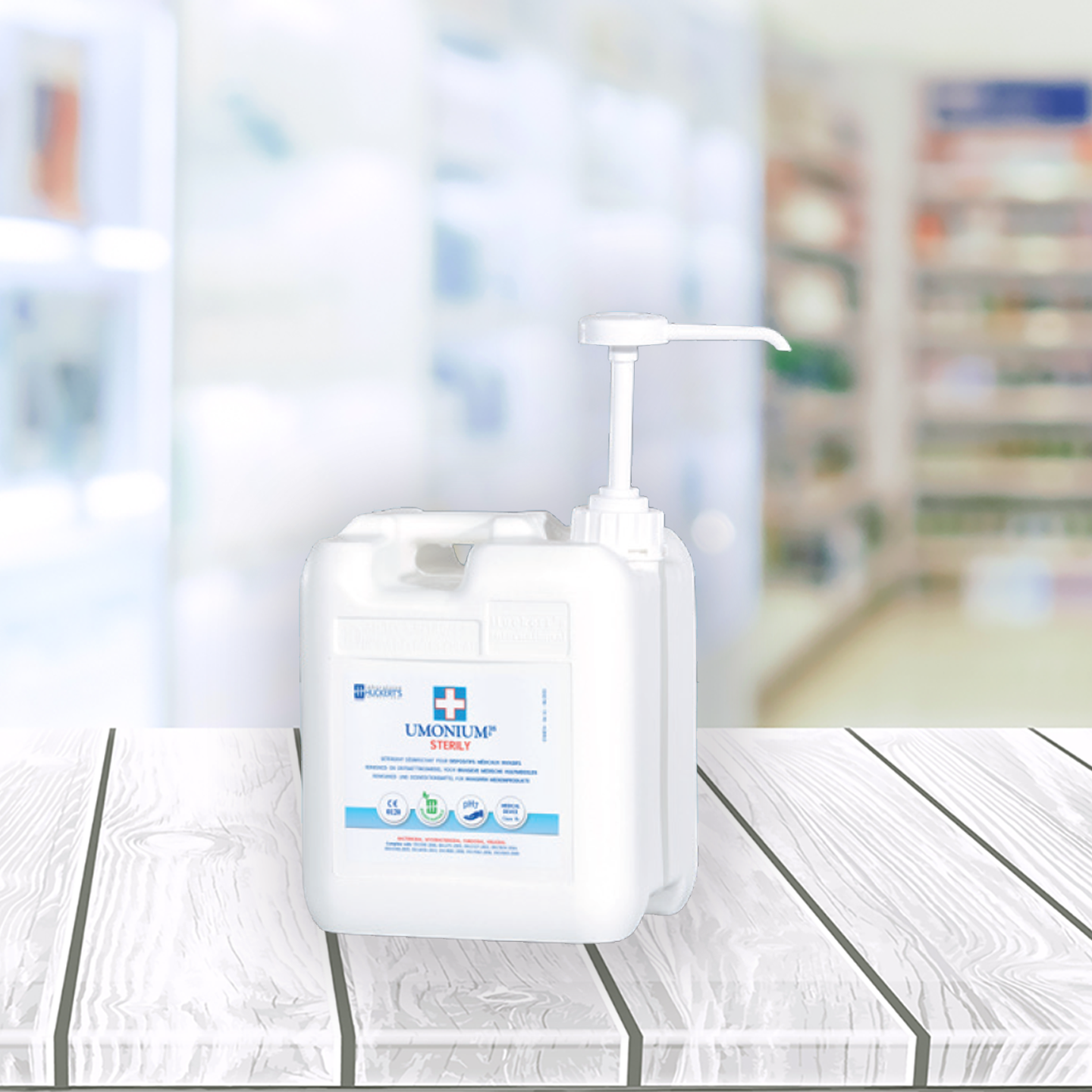
Picture 2. 5 liter size bottle
UMONIUM38 has 5 variants: Instruments, Equipments, Sterily, Neutralis and Medical Spray. 4 of them are concentrated disinfectants that need to be diluted with water. Meanwhile, the Medical Spray variant is a Ready to Use (RTU) disinfectant that can be sprayed directly for its use.

Picture 3. All Variants of UMONIUM38
UMONIUM38 quickly removes organic impurities & decontaminates a broad spectrum of instruments, equipment, surfaces. Works effectively in eradicating the most resistant strains of germs (MRSA, HIV, HCV, etc.). UMONIUM38 is known to be able to clean and remove biofilm and make medical instruments shiny. Non-toxic, does not form toxic gases, does not have the potential to become an endocrine disruptor. With a pH of 7 (neutral), it protects instruments from corrosive hazards. Biodegradable & eco-friendly.
PT Isotekindo Intertama is an official distributor for all variants of UMONIUM38® and registered with the MINISTRY OF HEALTH. Do not hesitate to contact us if you need this disinfectant product.
References:
- National Center for Biotechnology Information. (2018). Health Hazards of Medical Waste and its Disposal
- WHO. (2018). Health-care Waste

